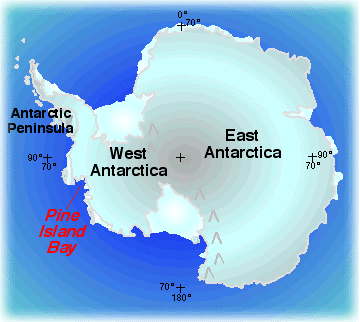
Greetings to all of you. I'm Larry Reynolds, a math and science
teacher at Liberty School in Blue Hill, Maine. I've been teaching for eight
years now, the last three at Liberty. Before that, I taught at Unity
College in Maine, and at several other schools ranging from elementary to
undergraduate level. These included a year with my family teaching in a
high school called Tengecha, near Kericho, in the tea growing hills of
western Kenya.
I went to college at Johns Hopkins University in Baltimore, and
then got a master's degree in oceanography at the University of Maine,
studying foraminifera, tiny marine fossils the size of a pencil point.
Before teaching, I did a lot of traveling in Europe and Africa, and among
other things flew airplanes for a living. It was through teaching people to
fly that I realized how much I liked teaching. That's how I got where I
am! My hobby is playing the fiddle, but I'm not too good at it.
I really like teaching at Liberty School. We've only been in
existence for three years, and we have just 65 students in all grades 9-12,
so everybody knows everybody else. We are a private school, but since most
of the towns around do not have their own schools, kids can come to our
school and their towns will pay their tuition.Students at Liberty have a
lot of freedom and a lot of responsibility. We have open campus, so when
you don't have a class you can walk down to town or wherever. Also,
students really run the school, making decisions about admissions,
discipline, curriculum, and the every day issues a principal would
ordinarily decide. It works great, because people, kids and teachers,
generally trust and respect each other, and we don't have a lot of the
usual problems! Last year I took some students back to Kenya for three
weeks of hiking and camping. We got back tired and dirty and hungry, but we
had a great time.
I have a wife Mary, who works hard on our small farm, home
schools our children, and quilts for a hobby. My older daughter Amanda is a
music student at the University of Maine now, plays viola in the Bangor
Symphony Orchestra, and is going to Austria to school next year. My younger
daughter Emeline is 12, plays violin, sews, takes art lessons, and is
learning long division with decimals. She has a bear named Bear who tells
her wise things at night. I'm proud of all of them.
I really hated to leave Maine, my family and Liberty, but I
couldn't pass up the chance to spend seven weeks in Antarctica. I've wanted
to go since I was fourteen, and I'm here now! I'm writing this aboard the
Nathaniel B. Palmer as we crash through pack ice in the Ross Sea. It sounds
like somebody banging an oil tank in the basement, and occasionally the
whole ship shakes. Read my journal and I'll tell you some more!

Glacial History of the Amundsen Sea Shelf
Dr. Thomas Kellogg, University of Maine at Orono
I'm aboard the Research Vessel Nathaniel B. Palmer, as a research
assistant to Dr. Thomas Kellogg of the University of Maine at Orono. Dr.
Kellogg wants to study several things in an area called Pine Island Bay.

For one, he wants to know the bathymetry, or shape of the bottom
in that area. By mapping the bottom, he will be able to tell where glaciers
flowed during the times when there was much more ice than there is now.
After many ice ages, the glaciers gouge out hollows in the bedrock, called
glacial troughs. Knowing where they are will help him and other scientists
understand and predict what the West Antarctic Ice sheet will do in the
future. If it melts, sea level will rise about twenty feet everywhere!
Dr. Kellogg also wants to take some cores of the bottom mud in
Pine Island Bay. By carbon dating the sediments, and looking at things like
grain size and layer thickness, he can tell how far glaciers extended, and
when. He and his wife Dr. Davida Kellogg (who is with us) are experts on
diatoms, microscopic marine plants. They will use their knowledge of
diatoms to trace past weather patterns and climate here.
In addition to working for the Kelloggs, I want to get involved
with some of the other science going on on the ship. There are groups
studying ocean currents, seal populations, the structure of snow and ice,
and isotopes in sea water. If I have time, I'd like to work a little with
them all. There are just so many interesting things going on here!

March 2000
February 2000
Return to top of page
